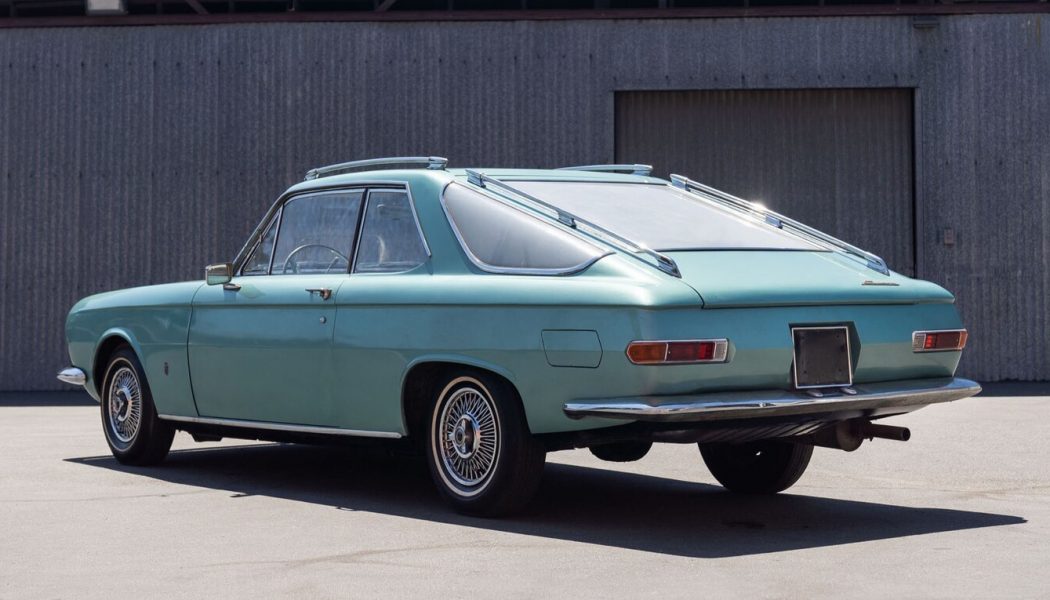The Ford Falcon doesn’t get the respect it deserves. There wouldn’t be a Ford Mustang at all without the Falcon donating its underpinnings. A small, honest car with an economy mindset; it amazed Ford brass by selling like hotcakes after launch. It even, in a roundabout way, formed the foundation for a long-running Australian muscle car scene. But the first-generation Falcon wagon simply wasn’t that exciting. Blame the fact it was powered by a pair of miserly (and rather miserable) inline-sixes and held back by frumpy styling. That is until Carrozzeria Ghia of Turin got their hands on the Blue Oval’s bird.
Yes, the wild-looking fastback you’re looking at is actually Falcon-based. Ghia had originally played with a similar idea on a Fiat chassis, the 2300-based Club. Maybe an American manufacturer would be interested in a stylish, European design using a cost-effective platform? The Ghia Clan translated the basic idea of the fastback Club onto the high-performance chassis of the Falcon Sprint, which packed Ford’s 260-cubic-inch V-8—just like its kissing cousin, the Mustang.
The massive liftback opens up to reveal a huge cargo area, but the two-door profile is rakish—there’s a bit of grand touring flavor. Not that the proportions are classically beautiful. The greenhouse overpowers the body below the beltline in profile, the overhangs are immense, the front is rather plain considering the wild ambition of the overall design. That said, luggage racks aren’t usually used as dressy design elements, but here they do help communicate the sophisticated utility of the Clan.
Ghia hoped that Ford would buy the design and put it into production. Obviously, that didn’t happen, but a bigger payday awaited Ghia. Rather than selling just a design or two to Dearborn, Ford bought the entire company in 1970. Ghia became a captive design house and also a trim level on many Fords, particularly in Europe. By the early 2000s, the actual design house was closed, although the name remained in use for a few years more.










